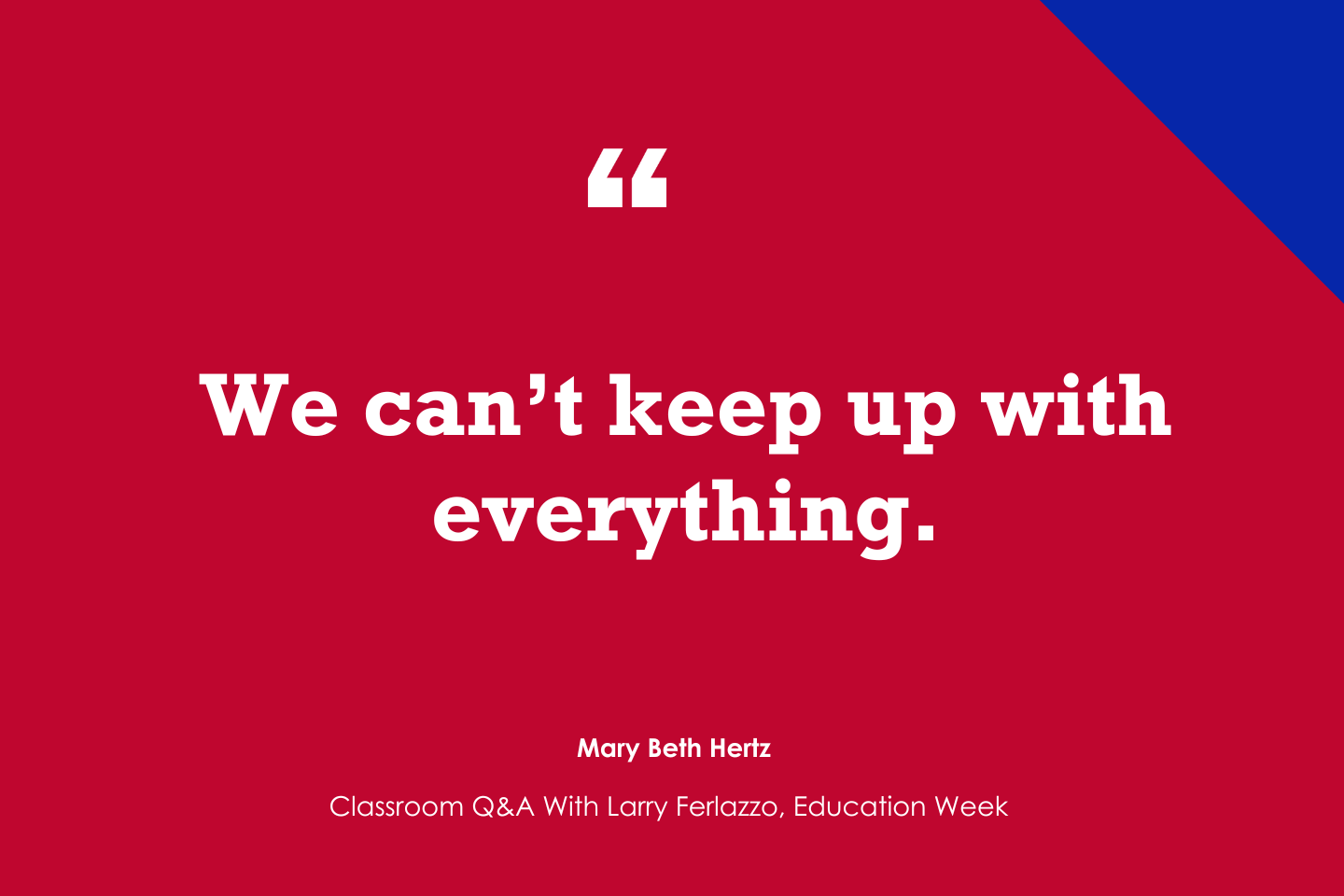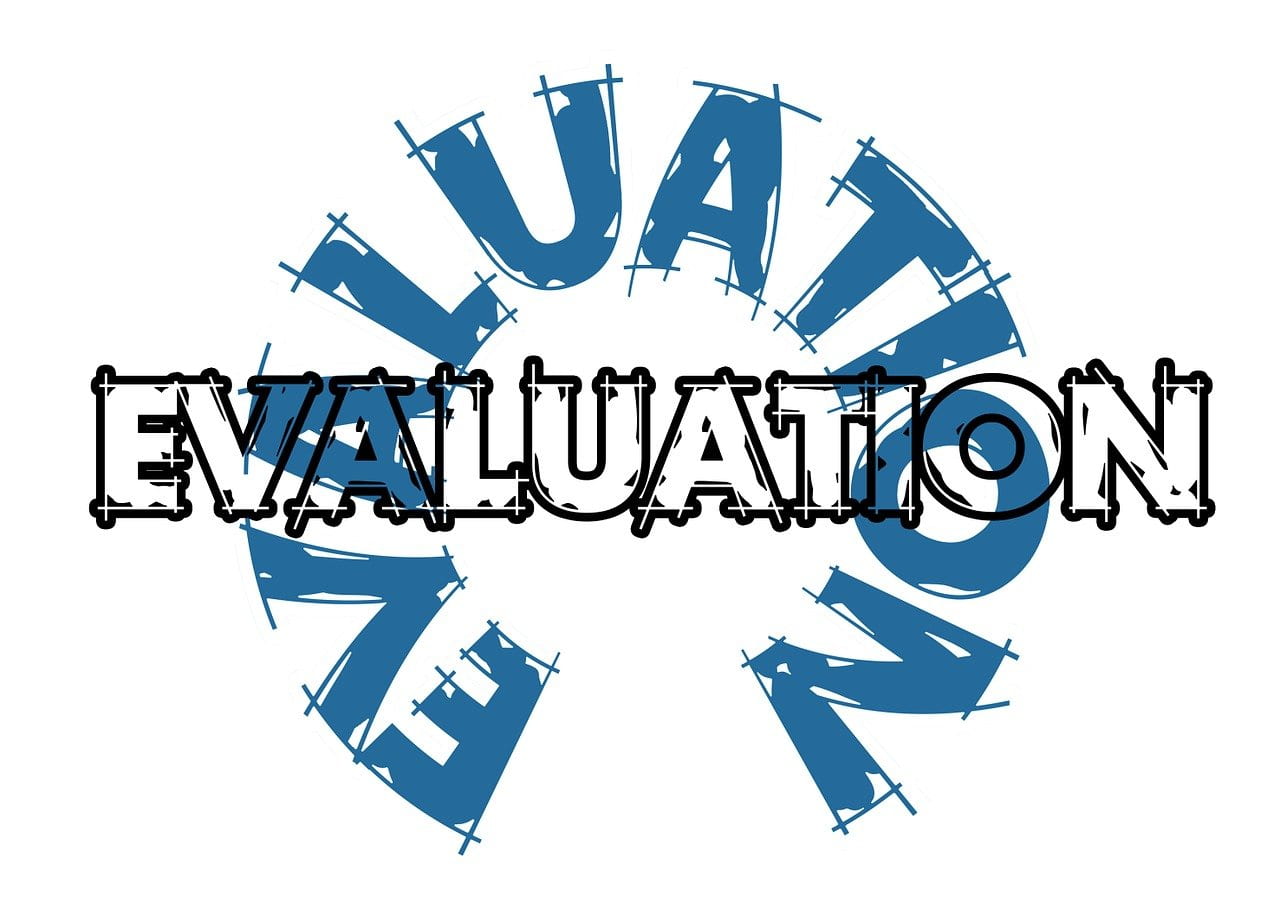This article first appeared in The Teaching Professor on April 22, 2019© Magna Publications. All rights reserved. For more articles like this, check out The Teaching Professor subscription!
Do you teach one of those courses that promotes lots of student anxiety? Nowadays that seems to apply to all sorts of courses. Student are convinced they can’t learn what we’re teaching, worry they won’t do well on the tests, and become filled with anxiety over anything in a course that looks like it might be hard.
Those of us concerned about student anxiety in our courses have history on our side. Some courses have long promoted anxiety, think statistics courses, for example, and that’s spawned a good amount of literature on its causes and cures. Two recent articles (see the references) explore the anxiety associated with social science statistics courses. The one in Teaching Sociology has an extensive bibliography that highlights what the literature has to offer. Much of the content in both articles is relevant to other kinds of high-anxiety content and courses.
What causes students to dread the social science statistics course? Four causes have been identified in research cited in the sociology article and it starts with an overall lack of confidence. It is the specific course that students respond to in the study, but the anxiety stems from a more general lack of confidence in themselves as learners. They question their abilities and wonder if they have what it takes. Or, students may be anxious because they’ve done poorly in related courses. The anxiety some students feel about a course grows out of fears associated with test-taking. The pressure to solve problems, answer multiple-choice question, and write essays on an exam scares them. They’re convinced they won’t do well. And finally, students are anxious about statistics courses because they aren’t good at math, don’t have the math background, and are convinced they won’t be able to run the tests or do the statistical calculations. This fear is about the skills needed in the course itself, much like students taking a poetry course are anxious because they think they can’t write poetry.
The authors of the Teaching Sociology article recommend teachers respond first by finding out if they have anxious students, how many, and what’s causing the anxiety. Is it related to the course specifically, their confidence as learners, worries about the grade, test anxiety, or the absence of some necessary skill? It’s a good recommendation because teachers can respond better if they know what they’re dealing with. And students are often comforted to discover they aren’t the only ones in the course with these fears.
The collected data from students can be used to start a discussion. What’s causing the anxiety can be named, students can be encouraged, features of the course that create lots of anxiety can be identified and possibly modified, such as providing some choice as to the value of quizzes and exams.
In both the political science and sociology statistics courses, students were afraid they didn’t have the necessary math skills. Bailey, the political science author, quips, “Somehow math freezes brains.” (p. 367) He goes on to recommend that teachers “get to real data. . .really quickly.” (p. 368) A demonstration can spark interest and show students they can handle the math. The sociology authors recommend pointing out to students how success in the course does not depend on advanced math skills. Providing a review of some fundamental math concepts early in the course is also helpful.
It makes good sense to address the anxiety early on and head on. In addition to clarifying what skills and knowledge students need to do well in the course, the conversation can revisit the reasons why it’s a required course. And that goes for so many of our courses. How can you be involved in any social science profession and not have at least a working knowledge of statistics? How can you be a nurse and not know some chemistry basics? How can you be an engineer and not expect to have to give presentations? We tend to forget that students don’t yet have firsthand hand knowledge of what they’ll need to know and be able to do as professionals.
References: Condron, D. J., Becker, J. H., and Bzhetaj, L. (2018). Sources of students’ anxiety in a multidisciplinary social statistics course. Teaching Sociology, 46 (4), 346-355.
Bailey, M. A. (2019). Teaching statistics: Going from scary, boring and useless to, well, something better. PS, Political Science and Politics, April, 367-370.
The post Teaching Courses that Provoke Student Anxiety appeared first on Faculty Focus | Higher Ed Teaching & Learning.
This article first appeared in The Teaching Professor on April 22, 2019© Magna Publications. All rights reserved. For more articles like this, check out The Teaching Professor subscription! Do you teach one of those courses that promotes lots of student anxiety? Nowadays that seems to apply to all sorts of courses. Student are convinced they
The post Teaching Courses that Provoke Student Anxiety appeared first on Faculty Focus | Higher Ed Teaching & Learning. Effective Classroom Management, course anxiety, stress management, student anxiety Faculty Focus | Higher Ed Teaching & Learning










